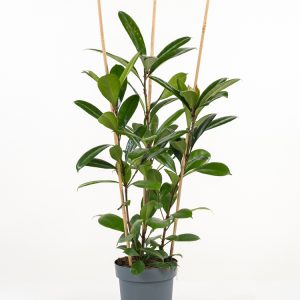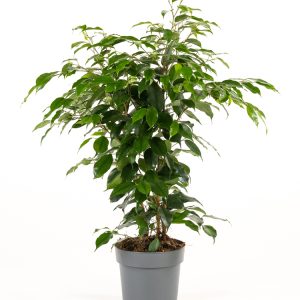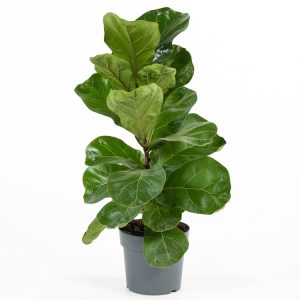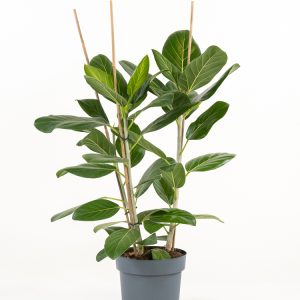Description
FICUS BONSAI GINSENG
Gr.250 CP/18 H= 45 CM
Gr.500 CP/26 H= 50 CM
Gr.1000 CP/32 H= 60 CM
S-Type CP/35 H= 90 CM
S-Type CP/45 H= 120 CM
It is a species of tropical Ficus, belonging to the Moraceae family, which for tradition is cultivated with bonsai, being durable, easely adapt to the interior conditions of an apartment but is quite rare in nature. It’s a very malleable plant and easy to maintain, with a very large, sinuous, twisted and extremely wide trunk. The foliage is very wide, leafy and shaded. In nature it reaches impressive sizes, while in cultivation it does not exceed 3 meters.
The name ginseng comes from an Asian term attributed to the shapes this species can take during its growth. The plant has large, robust, and knotted roots that twist, creating truly stunning forms.
The leaves of the Ficus Bonsai Ginseng are oval, large, and shiny green. This plant, when cultivated in a pot as a bonsai, does not flower easily. Flowering is rare, and when it does occur, it doesn’t hold much ornamental value. The fruits of the Ficus Ginseng Bonsai are small, resembling tiny figs, but again, they don’t have ornamental significance. The decorative appeal of this small tree mainly comes from the shape of its roots and leaves. The root system of an adult or very old plant often takes on a typical ash-gray color.
In addition to its undeniable ornamental value, the Ficus Bonsai Ginseng is also useful for the environment. Due to its beneficial and anti-pollution effects, this plant can be considered “eco-friendly.” The bonsai has the ability to dehumidify the air and purify it from harmful substances. It absorbs significant amounts of formaldehyde, emitted by furniture paints and curtains, as well as cigarette smoke.


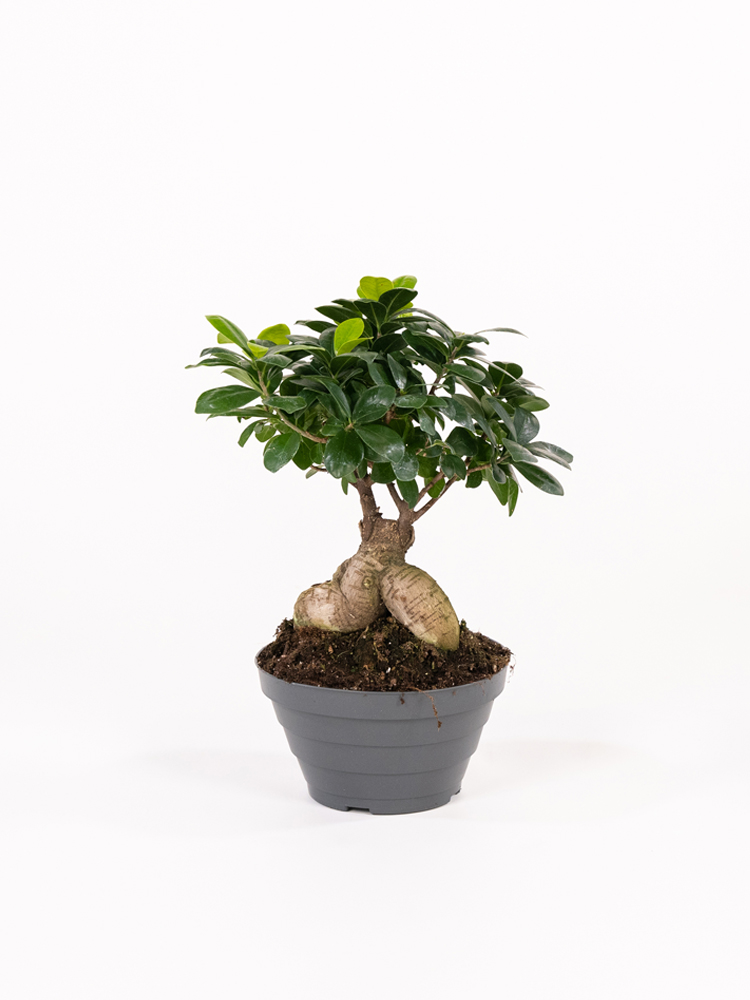
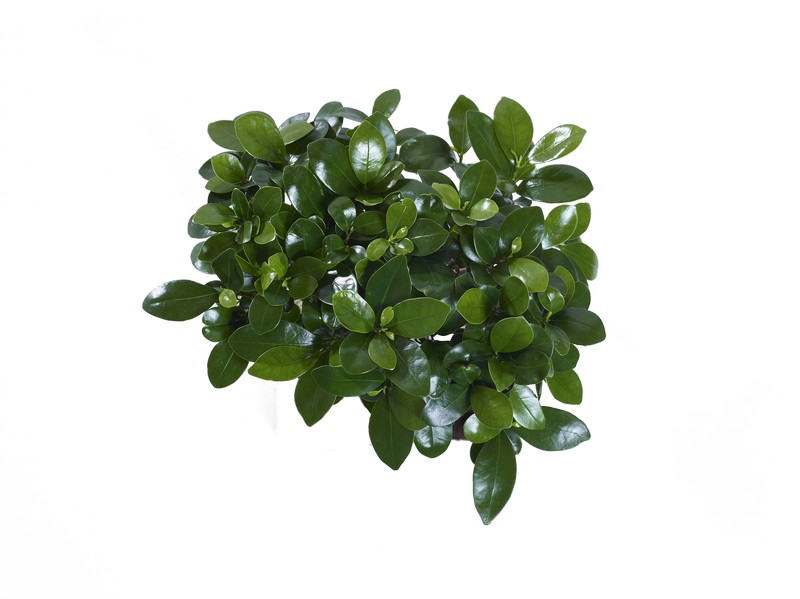
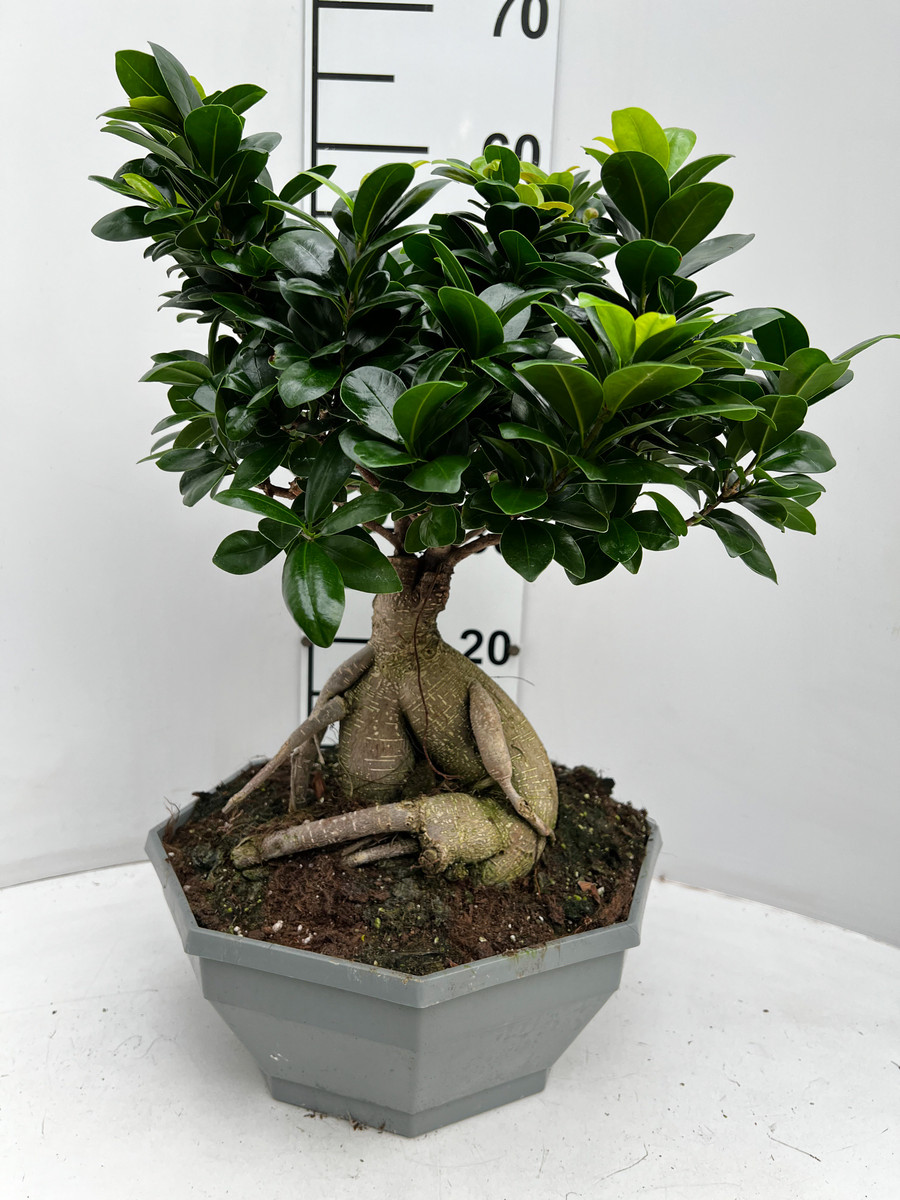
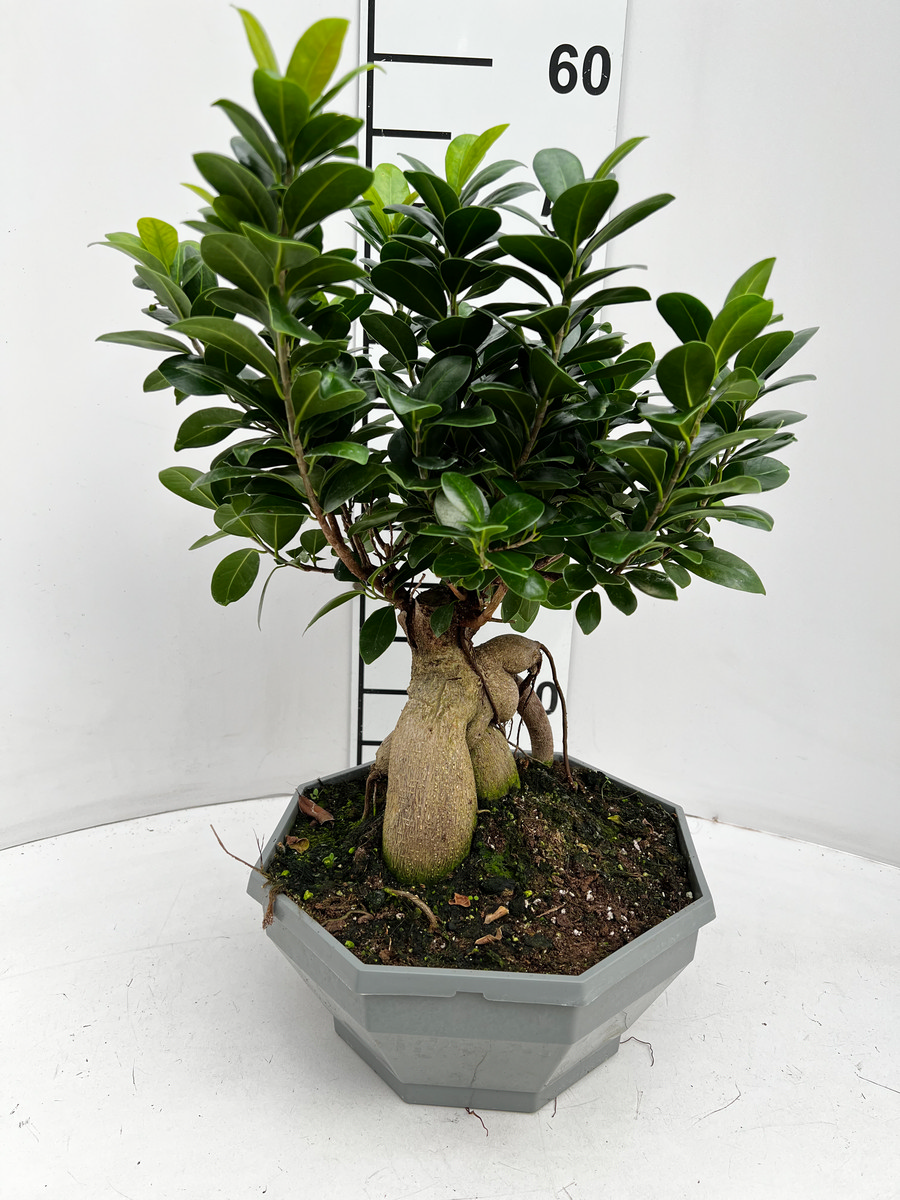
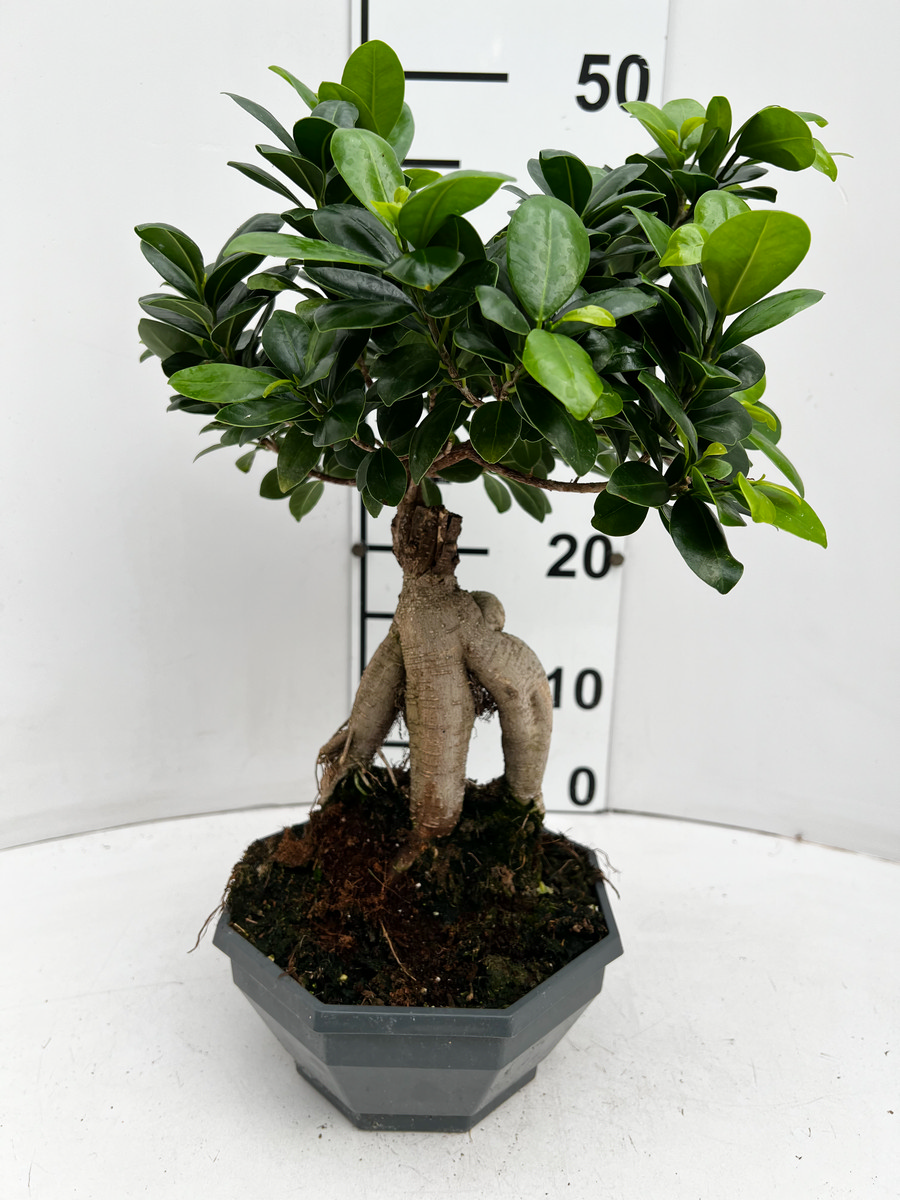
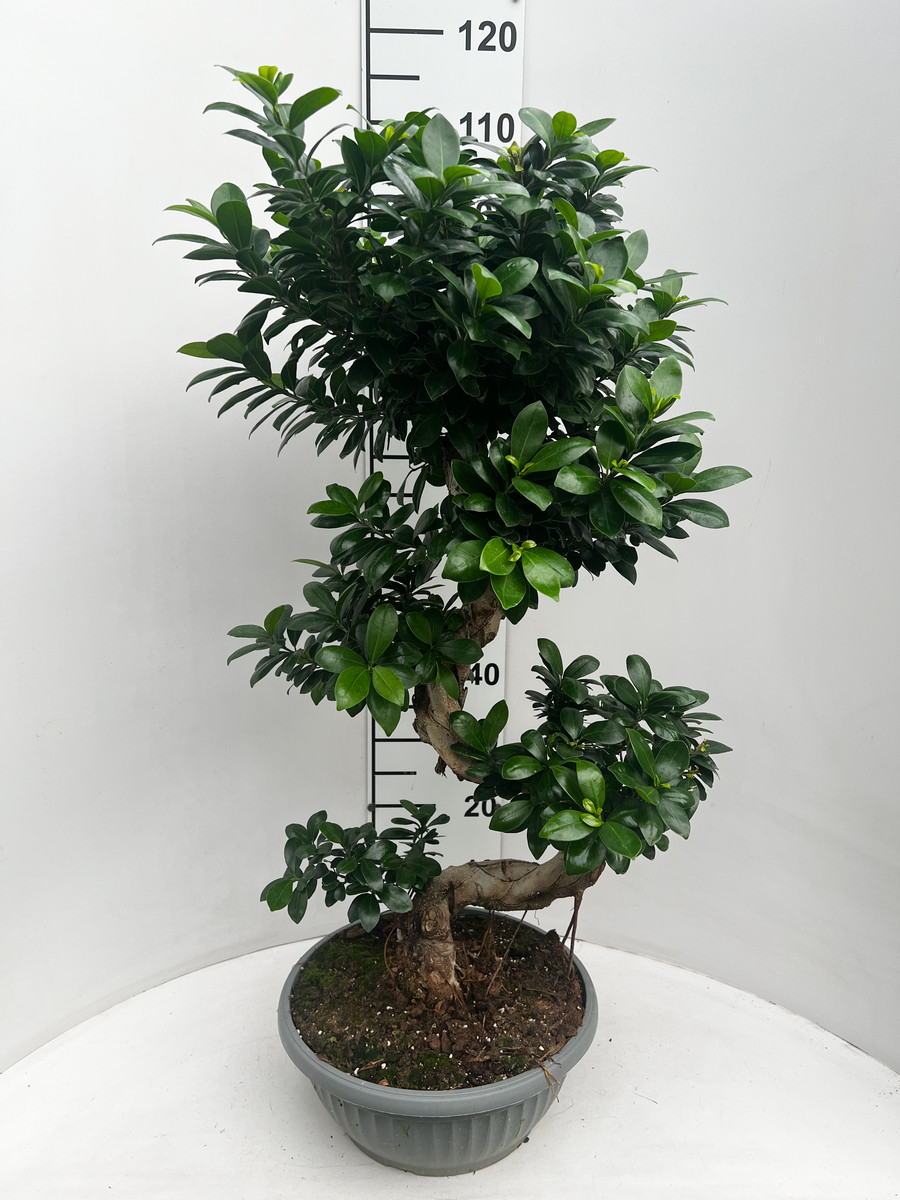
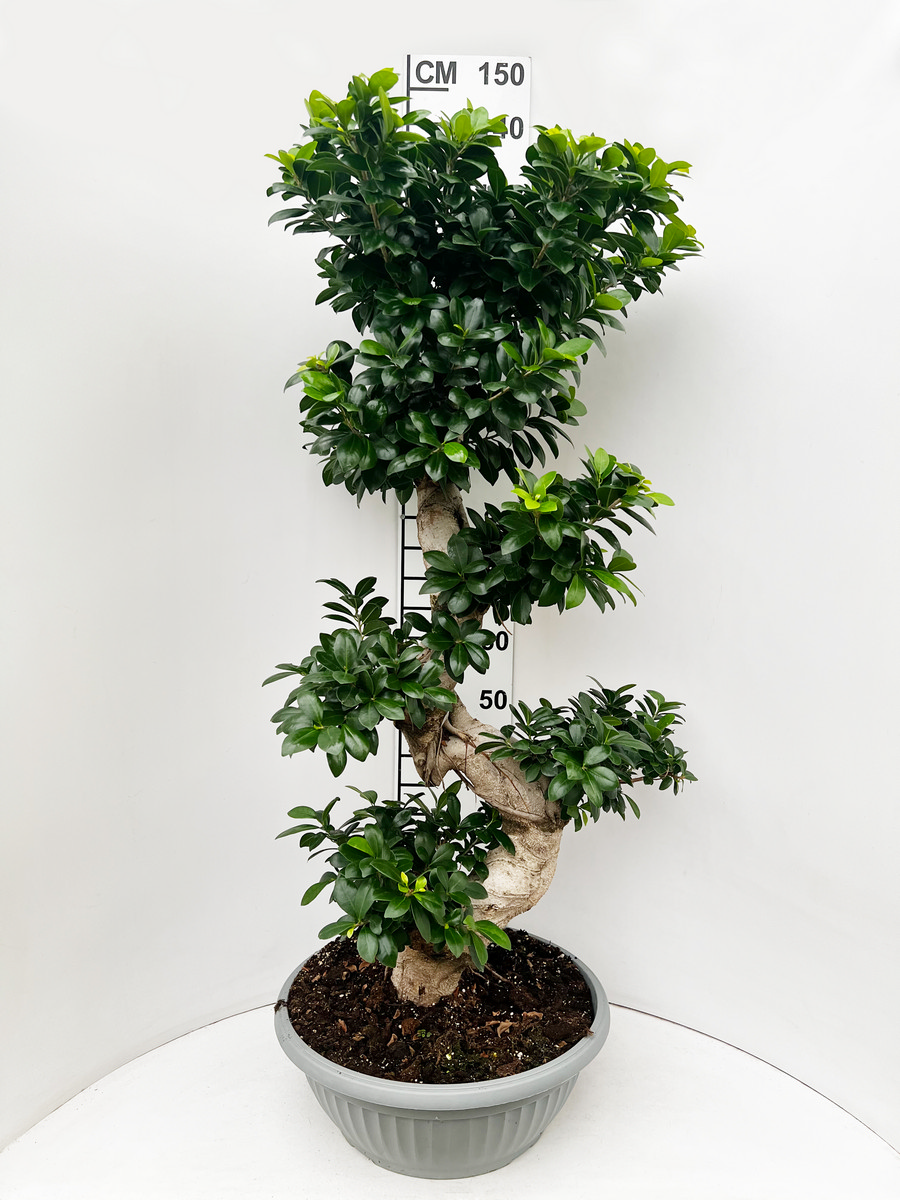
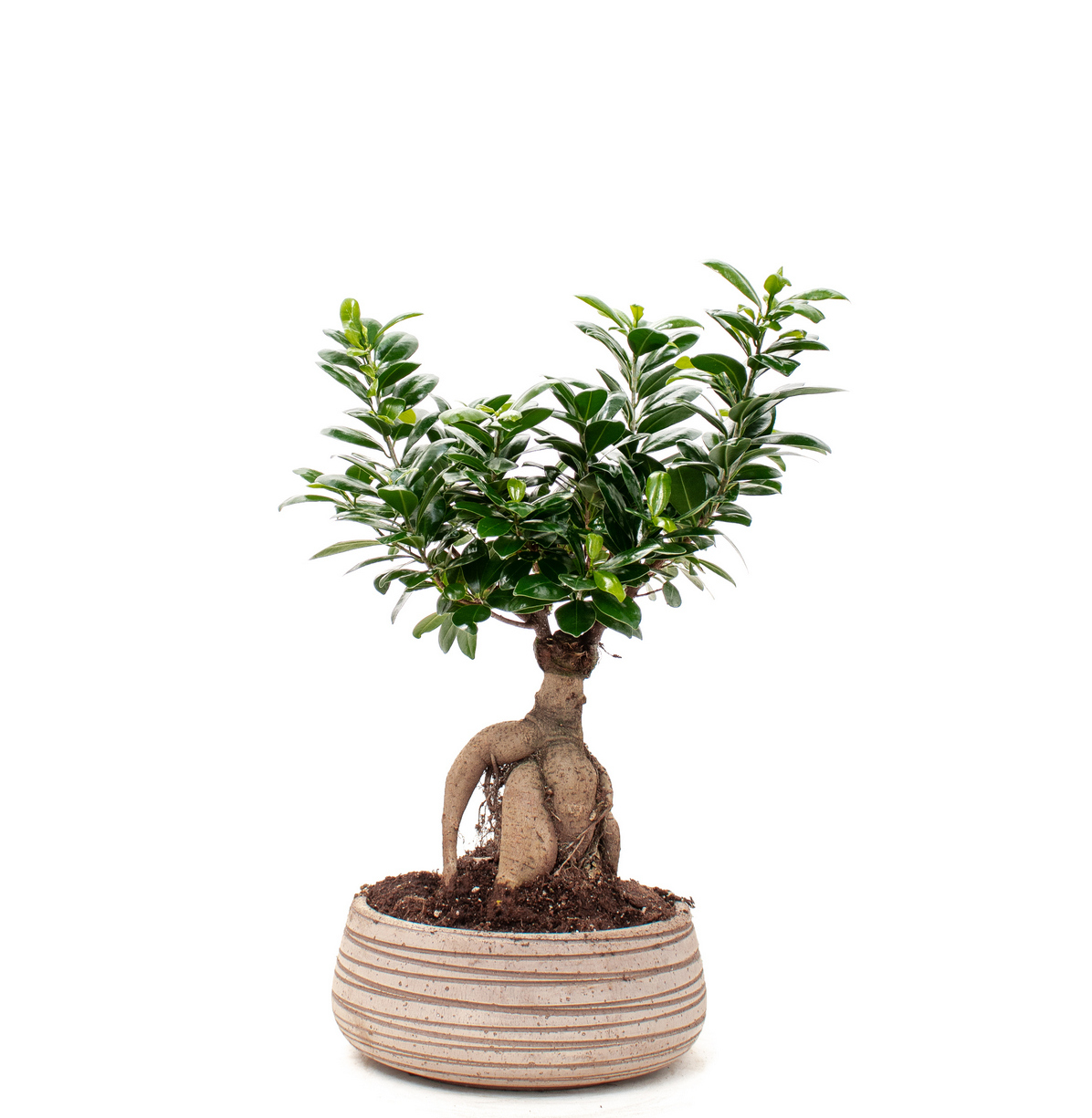
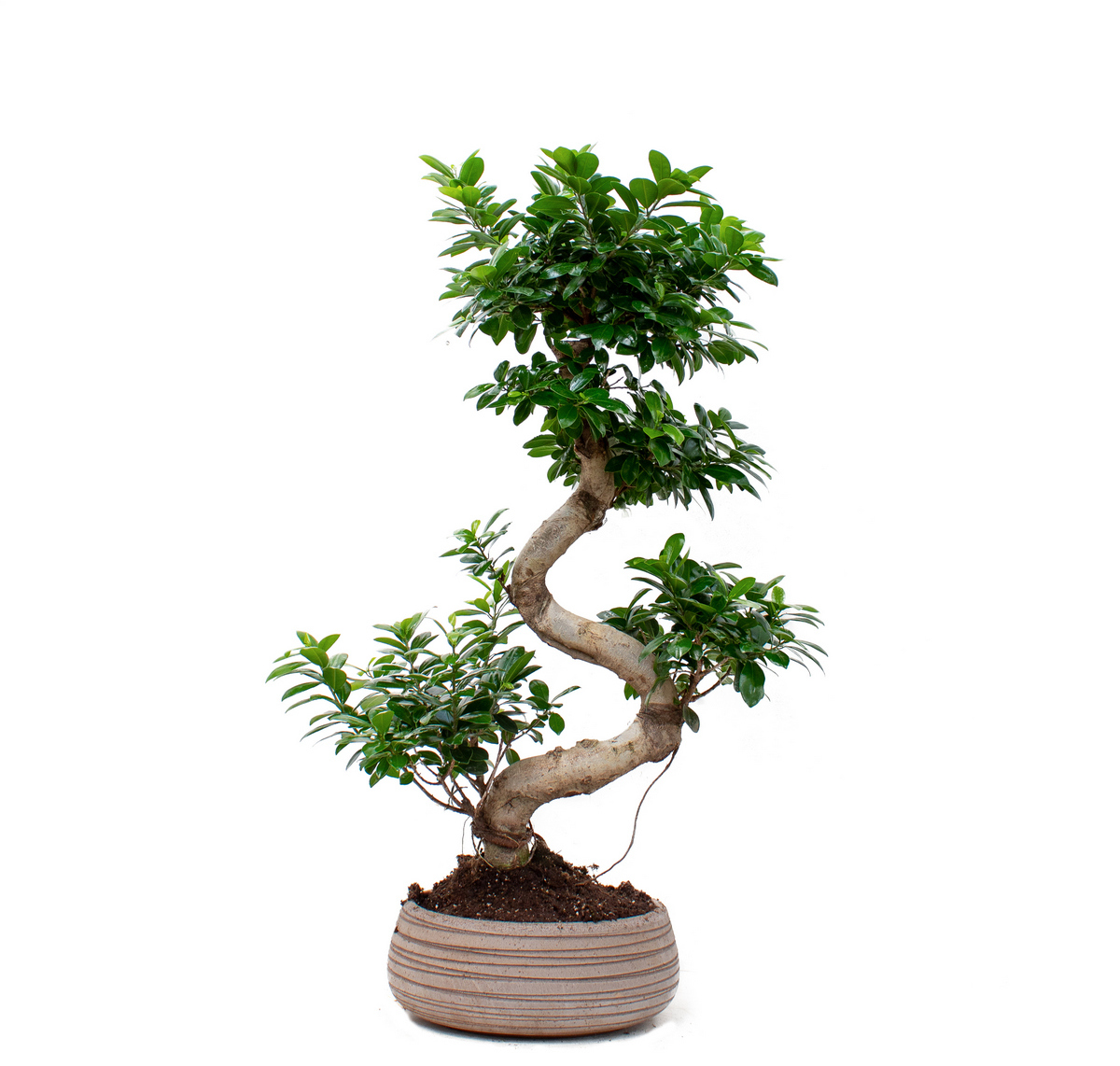
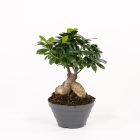
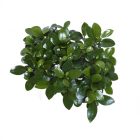
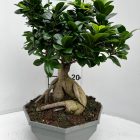
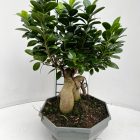
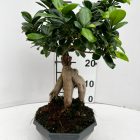
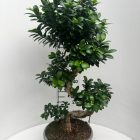
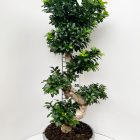
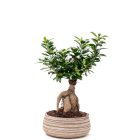
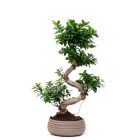
 Place it in a bright place, also at direct sunlight
Place it in a bright place, also at direct sunlight Give it a good bonsai fertilizer for all the year, dimezate the quantities in December and January and in July and August avoid fertilizers that are excessively nitrogen-rich that favor a developement of large leaves.
Give it a good bonsai fertilizer for all the year, dimezate the quantities in December and January and in July and August avoid fertilizers that are excessively nitrogen-rich that favor a developement of large leaves. It needs regular watering but water only when the soil is dry. Do not abound with water to avoid rot.
It needs regular watering but water only when the soil is dry. Do not abound with water to avoid rot.